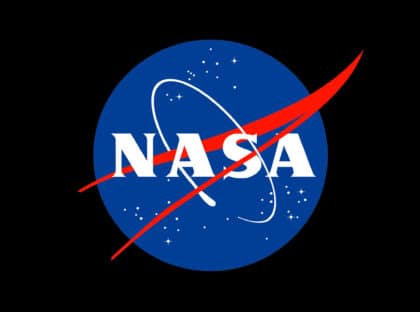
By Robert Zubrin
Space News, 04.17.19
NASA has proposed to build a lunar orbiting space station, called the lunar Gateway, to use as a base for lunar exploration. This plan is severely defective.
The Gateway project may be compared to a deal in which you are offered a chance to rent an office in Thule, Greenland, on the following  terms: 1. You pay to construct the building. 2. You accept a 30-year lease with high monthly rents and no exit clause. 3. You agree to spend one month per year there for the next 30 years. 4. You agree to fly through Thule whenever you travel anywhere from now on.
terms: 1. You pay to construct the building. 2. You accept a 30-year lease with high monthly rents and no exit clause. 3. You agree to spend one month per year there for the next 30 years. 4. You agree to fly through Thule whenever you travel anywhere from now on.
Few would find such a proposition attractive. The lunar Gateway project is no better. It will cost a fortune to build, a fortune to maintain, and it will add to the cost, risk, and timing constraints of all subsequent missions to the moon or Mars by adding an unnecessary stop along the way.
To understand just how suboptimal a plan the lunar Gateway is, we need to contrast it with what would be done as part of a well-conceived effort to get the job done as swiftly and as potently as possible. The plan to do lunar exploration this way is called Moon Direct.
Here’s how it would work: In the first phase, which occurs in advance of any human missions, we deliver habitat modules and other cargo one way to the planned base area on the lunar surface.
SpaceX’s Falcon Heavy can lift roughly 60 metric tons to low Earth orbit (LEO). Starting from that point, a hydrogen/ oxygen rocket-propelled cargo lander could deliver 10 tons of payload to the lunar surface.
We therefore proceed by sending two such landers to our planned base location. The best place for it would be at one of the poles, because there are spots at both moon’s poles where sunlight is accessible all the time, as well as permanently shadowed craters nearby where water ice has accumulated. Such ice could be electrolyzed to make hydrogen-oxygen rocket propellant, to fuel both Earth-return vehicles as well as flying rocket vehicles that would provide the base’s crew with exploratory access to most of the rest of the moon. We won’t just be getting a local outpost: we’ll be getting complete global access to an entire world.
The first cargo lander carries a load of equipment, including a solar panel array, high data rate communications gear, a microwave power beaming set up with a range of 100 kilometers, an electrolysis/ refrigeration unit, two crew vehicles, a trailer, and a group of teleoperated robotic rovers. After landing, some of the rovers are used to set up the solar array and communications system, while others are used to scout out the landing area in detail, putting down radio beacons on the precise target locations for the landings to follow.
The second cargo lander brings out a 10-ton habitation module, loaded with food, spare spacesuits, scientific equipment, tools and other supplies. This will serve as the astronauts’ house, laboratory and workshop on the moon. Once it has landed, the rovers hook it up to the power supply and all systems are checked out. This done, the rovers are redeployed to do detailed photography of the base area and its surroundings. All this data is sent back to Earth, to aid mission planners and the science and engineering support teams, and ultimately form the basis of a virtual reality experience that will allow millions of members of the public to participate vicariously in the missions.
The base now being operational it is time to send the first crew. A Falcon Heavy is used to deliver another cargo lander to orbit, whose payload consists of a fully fueled Lunar Excursion Vehicle (LEV). This craft consists of a 2-ton cabin like that used by the Apollo-era Lunar Excursion Module together with an 8-ton hydrogen/oxygen propulsion system, capable of delivering it from the lunar surface to Earth orbit. A human-rated SpaceX Falcon 9 rocket then lifts the crew in a Crew Dragon capsule to LEO where they transfer to the LEV. Then the cargo lander takes the LEV, with the crew aboard, to the moon, while the Crew Dragon remains behind in LEO.
After landing at the moon base, the crew completes any necessary set up operations and begins exploration. A key goal will be to travel to a permanently shadowed crater and, making use of power beamed to them from the base, use telerobots to mine water ice. Hauling this treasure back to the base in their trailer, the astronauts will feed the water into the electrolysis/refrigeration unit, which will transform it into liquid hydrogen and oxygen. These products will then be stored in the empty tanks of the cargo landers for future use — primarily as rocket propellant but also as a power supply for fuel cells and a copious source of life support consumables.
Having spent a couple of months initiating such operations and engaging in additional forms of resource prospecting and scientific exploration, the astronauts will enter the LEV, take off and return directly to Earth orbit. There they will be met by a Crew Dragon — either the one that took them to orbit in the first place or another that has just been launched to lift the crew following them — which will serve as their re-entry capsule for the final leg of the journey back home.
To read the full article, please click here.


